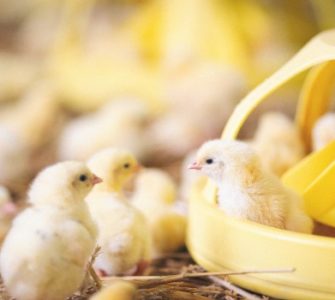Is genetics the key for lasting IBV immunity?
Manipulating the immune response may be one way infectious bronchitis virus (IBV) is controlled in the future, predict researchers studying genetic lines of poultry.
Rodrigo Gallardo, DVM, PhD, associate professor of poultry medicine at the University of California—Davis, told Poultry Health Today that a study was initiated more than 3 years ago to search for new preventive IBV strategies.
The objective isn’t to develop a new genetic line of birds, however. The researchers are looking for molecules or cells that provide IBV resistance when stimulated, he said.
The research started by challenging more than 10 different genetic lines of leghorn chickens with IBV. That process, which itself took more than 2 years, resulted in identifying one line that is relatively resistant to IBV and one that is susceptible to the virus. With the focus narrowed to two genetic lines, the researchers are now studying chickens’ innate and adaptive immune responses, Gallardo said.
Innate immunity — a host’s first line of defense against infection — is “nonspecific” and difficult to measure. Adaptive immunity is easier to measure since it produces a local antibody response to a challenge, he explained.
The resistant line has shown a strong adaptive immune response by producing a large quantity of IgA and IgG antibodies. Chickens in the IBV-resistant line don’t have many respiratory signs during an IBV challenge and have less inflammation in the trachea than birds in the susceptible line, he noted.
Posted on December 3, 2018

















